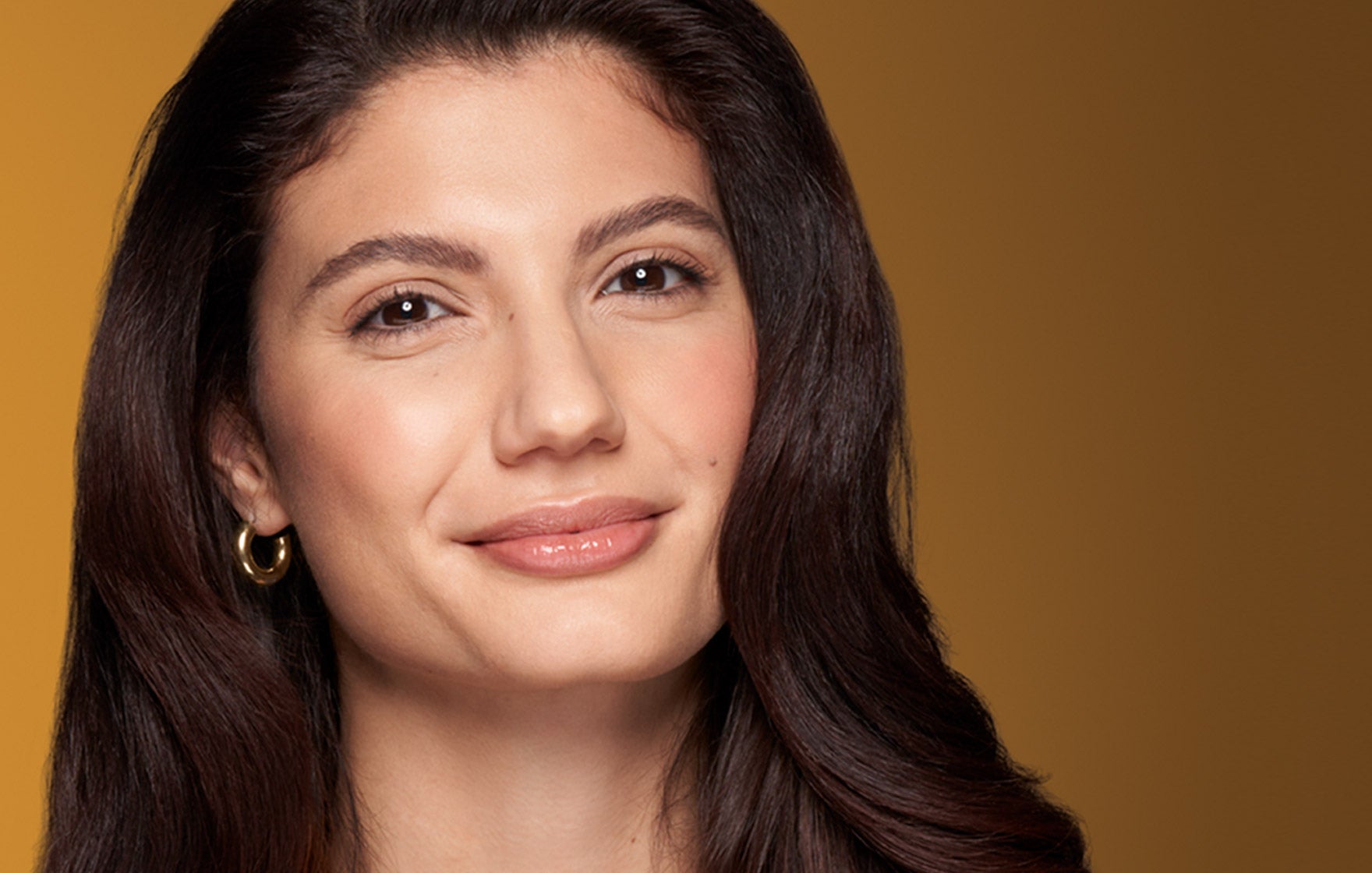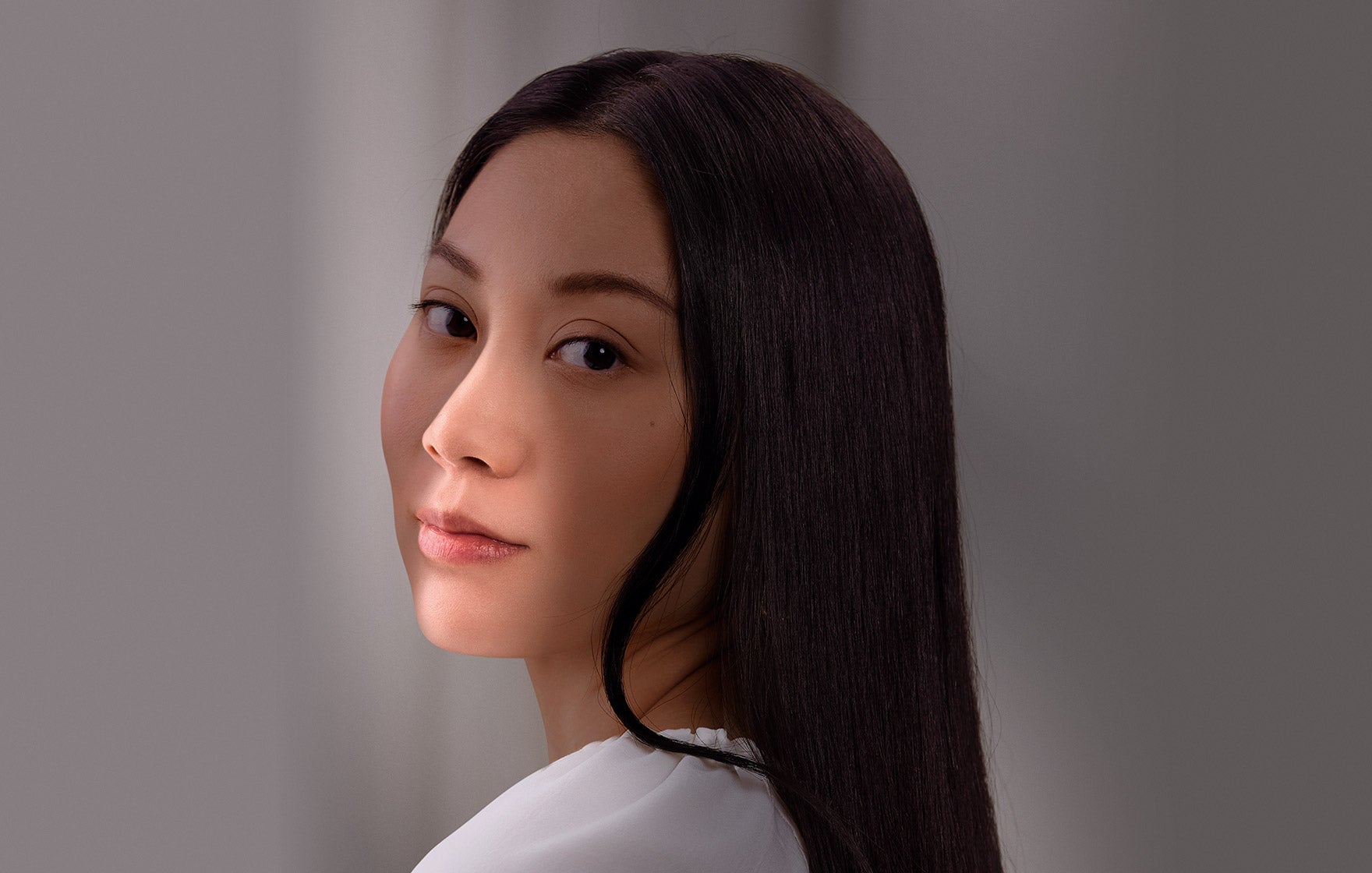Speak with a healthcare practitioner about treating nasolabial
folds and other wrinkles around the mouth.


Nasolabial folds fillers
Nasolabial folds are the lines that run from the sides of our nose to the corners of our mouth. As we age, they tend to become increasingly noticeable. Nasolabial fold fillers from Restylane® helps you achieve a more youthful appearance. 1-3
What are nasolabial fold fillers from Restylane®?
Nasolabial fold fillers from Restylane® are hyaluronic acid based injectables that are used to reduce nasolabial folds, for a refreshed appearance. Restylane® fillers are unique since they are clinically proven to make you look natural when your face is at rest as well as when you make facial expressions.1-3 Take a look at what these fillers for nasolabial folds can do.
Types of fillers for nasolabial folds
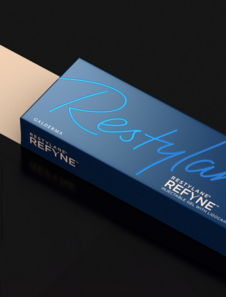
Restylane® REFYNE™
FOR A REFINED, NATURAL LOOK
Restylane® REFYNE™ is a smooth and flexible dermal filler4–7 designed for treating lines and wrinkles.4,8 It’s clinically proven to keep facial expressions looking natural, for example when you laugh, smile or purse your lips.1-3
Restylane® REFYNE™ gives you durable results with aesthetic improvement of nasolabial folds for up to 12 months.9
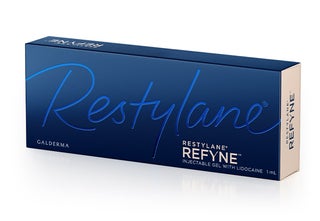
would recommend the treatment to a friend10
were satisfied with their treatment2
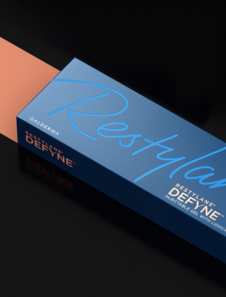
Restylane® DEFYNE™
FOR DEFINITION AND YOUTHFUL EXPRESSION
Restylane® DEFYNE™ helps define the natural contours of the midface.1-3,11 It’s moderately soft to provide support when correcting wrinkles around the mouth but also flexible.4-6 It will follow your facial expressions in sync with your skin for natural-looking results.1-3
Restylane® DEFYNE™ gives you up to 12 months of aesthetic improvement when treating nasolabial folds, with clinically proven naturalness.9
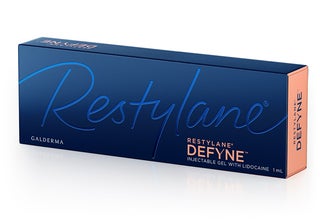
would recommend the treatment to a friend10
showed aesthetic improvement2
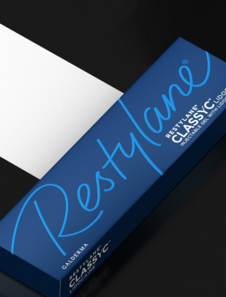
Restylane®
FOR VERSATILE SUPPORT
Get support exactly where you need it. Restylane® is a firm filler4 used to support and create projection.7,12,13 It can for example be used to treat deeper wrinkles and folds. Restylane® is the original hyaluronic acid dermal filler*14,15 with more than 27 years of experience.16,17†
Restylane® is a natural choice, with a composition very close to natural hyaluronic acid in the skin.15,18
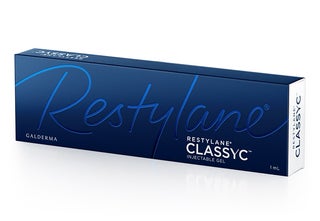
would repeat their treatment19
reported aesthetic improvements20
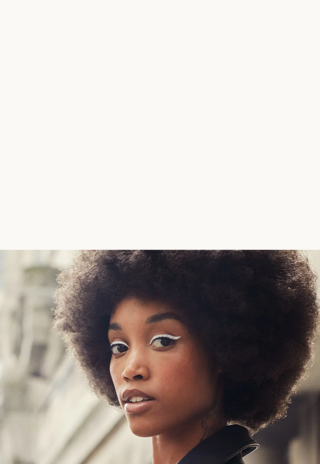

Frequently asked questions
How long do fillers for nasolabial folds last?
Restylane® REFYNE™ and Restylane® DEFYNE™ last up to 12 months when treating nasolabial folds.9 Restylane® lasts up to 36 months following two retreatments.21,22‡
Will fillers for nasolabial folds hurt?
Restylane® fillers contain a local anesthetic called lidocaine to make the treatment more comfortable.8,11,12
Nasolabial fold fillers aftercare - what should I do?
After the treatment, your healthcare practitioner will give you specific instructions to follow. A general advice is to keep the area clean, free of makeup and avoid touching or massaging the treated area. After your treatment, avoid exposing the treated area to heat (sunbathing, saunas, steam baths, etc) until any signs of local inflammation have disappeared.
These treatments don’t require any downtime, but there can be side effects such as swelling, bruising, redness, itching and pain that usually disappear within a week.8,11,12 Your healthcare practitioner will discuss potential side effects with you.
* Restylane® injectable gel was first approved for marketing and sale in September 1996 in the EU.14
† Based on a Restylane® publications analysis conducted in February 2023.17
‡ One retreatment of each NLF during the initial study period. In the extension study, a second retreatment of both NLFs was given 18 months after initial treatment.22
1. Percec I et al. Plast Reconstr Surg. 2020;145:295e–305e. 2. Philipp-Dormston WG et al. Dermatol Surg. 2018;44(6):826–32. 3. Solish N et al. J Cosmet Dermatol. 2019;18(3):738–46.
4. Galderma. Data on file. MA-43049. xStrain and G’ (Global). 5. Di Gregorio G et al. Clin Cosmet Investig Dermatol. 2022;15:681–90. 6. Rogerio V et al. J Stomatol Oral Maxillofac Surg.
2022;123(4):440–7. 7. Öhrlund A. J Cosmet Dermatol. 2018;8:47–54. 8. Restylane® REFYNE™ IFU (EU). 9. Ascher B et al. Dermatol Surg. 2017;43(3):389–95. 10. Philipp-Dormston WG et al.
Poster presented at: AMWC, Monte Carlo, Monaco. 2017. 11. Restylane® DEFYNE™ IFU (EU). 12. Restylane® IFU (EU). 13. Lundgren B et al. J Drugs Dermatol. 2018;17:982–6. 14. Galderma.
Data on file. MA-39680. Global 55 million Restylane treatments, update 2022. 15. Seo K. Volumizing Fillers. In: Facial Volumization with Fillers. Springer, Singapore. 2021;29–83.
16. Galderma. Data on file. MA-57232. Restylane 65 million treatments. 17. Galderma. Data on file. MA-55607. Restylane 27 years data publications analysis, 2023. 18. Edsman K et al.
Dermatol Surg. 2012;38:1170–9. 19. Huang SH et al. J Drugs Dermatol. 2020;19:836–42. 20. Weiss R et al. Dermatol Surg. 2010;36:750–9. 21. Narins RS et al. Dermatol Surg. 2008;34(Suppl.
1):S2–8. 22. Narins RS et al. Dermatol Surg. 2011;37(5):644–50.
Always consult a healthcare professional for individualized treatment recommendations and to discuss important safety information and risks associated with the use of the products.









